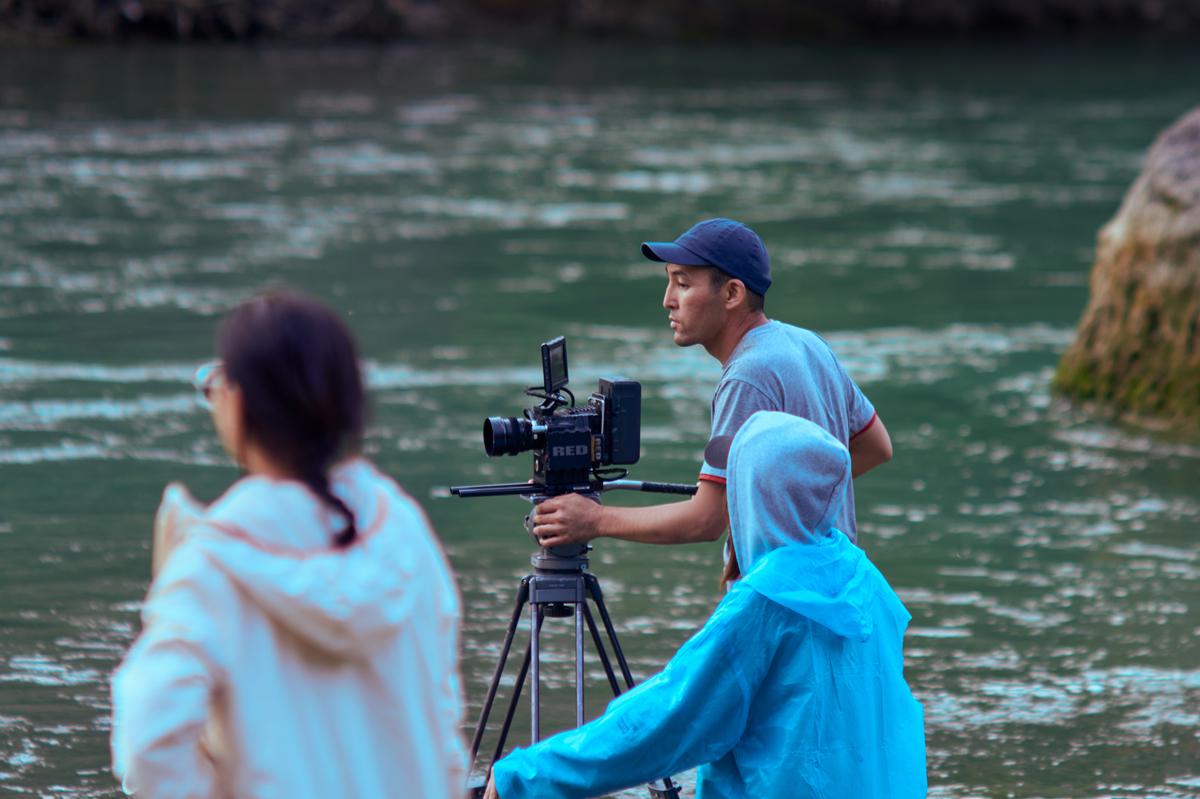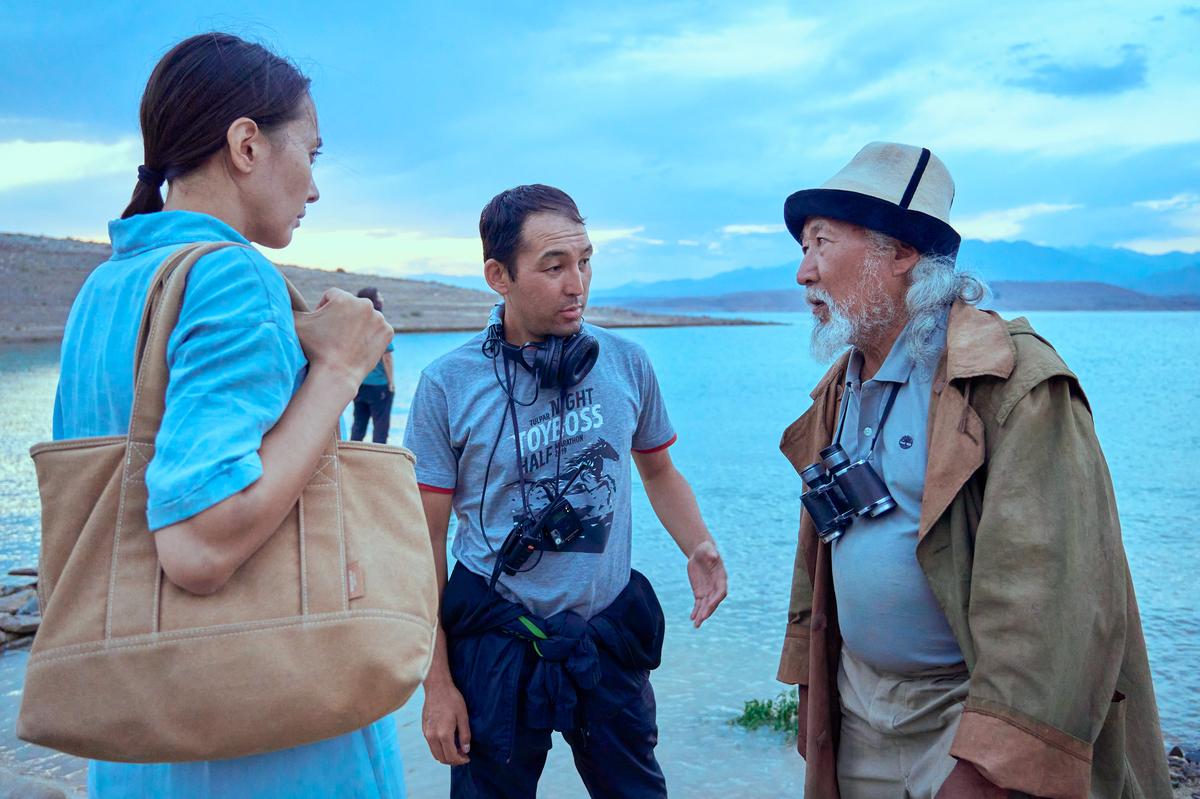Bollywood is going through a ‘sorry’ phase. Last week, in Jaat, Sunny Deol sought an apology from a Sri Lankan extremist. This week, it is the turn of Akshay Kumar to demand an apology from the British government for the Jallianwala Bagh massacre.
While the former was an outright piece of fiction, director and co-writer Karan Singh Tyagi takes excessive creative liberty with history to manufacture nationalist sentiment and a hero.

It seems that after playing with ancient history, the big boys of Bollywood are meddling with modern history. While the dastardly act of the Empire needs to be exposed, the film, produced by Dharma Productions, milks the sacrifice of martyrs in Jallianwala Bagh to create a trumped-up narrative around the tragic episode.
The disclaimer says it is a piece of fiction, but, as it turns out, it uses real incidents and characters to distort well-documented historical incidents that are easily available at the press of a button.
A primary student of history will brush it off, but the young viewers sitting next to me, who were confused between Dandi and the Salt March, were cheering the courtroom drama. It is hard to expect them to distinguish between General Reginald Dyer and Lieutenant Governor of Punjab Michael O’Dwyer. Akshay seems to be addressing this kind of audience, who are desperate to thump their chest; context doesn’t matter. God is not in the detail here.

It allows Akshay to change get-ups like a fancy dress show. He may be well-meaning and gives it his all, but his focus on quantity is diluting the quality of his cinema. This week, he plays C. Sankaran Nair, a prominent jurist who worked for the Crown and was bestowed with knighthood for his services. He resigned from the Viceroy’s Executive Council after the Jallianwala massacre and held Michael O’Dwyer responsible for the genocide in his book Gandhi and Anarchy. O’Dwyer filed a defamation case against him in the London High Court. The film was expected to be an account of the case that made headlines all over the world and exposed the Empire’s atrocities against its subjects.

However, Tyagi mixes up facts to create a case against General Dyer, the butcher of Jallianwala Bagh in India. Strangely, after promising to expose the larger conspiracy, the film sticks to the obvious villain. Nair suggested that he was just a puppet in the hands of the Lieutenant Governor, but the film fails to convey the bigger picture. There was a reason that Udham Singh targeted O’Dwyer.
Kesari: Chapter 2 (Hindi)
Director: Karan Singh Tyagi
Cast: Akshay Kumar, R. Madhavan, Ananya Panday, Amit Sial
Run-time: 134 minutes
Storyline: A dramatisation of advocate C. Sankaran Nair’s efforts to bring out the truth behind the Jallianwala Bagh massacre
It talks of sensitivity, but turns English political theorist and economist Harold Laski, one of the jury members who voted in favour of Nair, into Laksi. The English actors, led by Simon Paisley Dey as General Dyer, come across as caricatures speaking long Hindi dialogue in a stilted fashion.
Nair, who was the president of the Indian National Congress in its infancy when the party pursued the policy of prayer and petition, advocated constitutional liberalism and criticised Mahatma Gandhi’s radical nonviolence in his book. Instead of focusing on the complexity of the character and the political activism of the times, Tyagi turns Akshay into the rowdy lawyer of Jolly LLB who resorts to cuss words in court when he runs out of legal jargon. The CBFC, which asks for references when reviewing films made on historical characters and events, seems to have given a long rope after awarding the ‘A’ certificate.
It starts with Akshay talking kanoon and Kathakali, but since the makers had to establish a link with Kesari and Akshay’s real-life persona, the Malayali advocate’s soul song remains unchanged, and we get to hear “Main Mitti Main Mil Jaavan” in the background. Saddled with a sketchily written character, R. Madhavan repeats himself as the genius suffering from jealousy, and Ananya Panday seems to have been dressed up for a period fashion shoot.
The camera captures the massacre with the intent to provoke and set the stage for an enraged Akshay. Tyagi gets so engrossed in serving his star that the storytelling goes for a toss. He makes no effort to track the backstory behind the massacre. The Rowlatt Act remains out of conversation, the fact that the British were baffled by the Hindu-Muslim unity on Ram Navami gets just a passing reference, and there is no mention of the Hunter Commission.
If you are done with chest-thumping, check out Ram Madhvani’s recent OTT series on the subject. It is also a piece of fiction, but it feels closer to the truth.
Published – April 18, 2025 08:16 pm IST









































